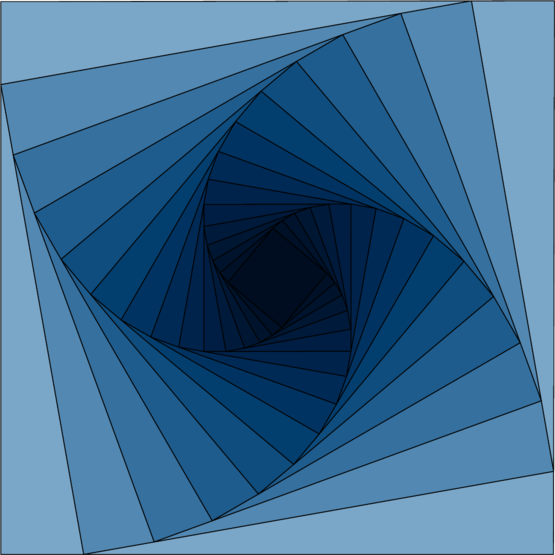
Light rays do not exist!
Optics for Career Changers
Dipl. Math. Michael Schäfer
Lensation GmbH, Karlsruhe, Germany
2010-2013
Introduction
- Motivation
Why this title?
Why this book?
For whom is this book?
For whom is this book not? - About the Author
Background
About Lensation GmbH
Lensation is different
We have what you are missing – time for lens search
Basics
- Open your eyes! Lenses are everywhere
- Lens model
- Comparison entocentrical – telecentrical – pericentrical
- There’s thousands and thousands of lenses – but why?
Money reasons
Project constraints
Technical developments
Hostile Brothers
- Depth of Field vs. Aperture
- Depth of Field vs. Resolution
- Vignetting vs. Distortion
- Quality vs. price
There’s a lower limit for the lens price
Cost driver no. 1 : Aperture
Cost driver distortion
Cost driver resolution
Dangerous Half Knowledge
- Half knowledge about light
The speed of light is constant and equal for all light colors
Light does not change its direction within a medium. - Half knowledge about Glass
Glass is transparent
Every type of glass has a different refractive index - Half knowledge about lenses
Lenses are transparent.
Lenses for large sensor can also be used on all smaller sensors.
Opening angle and focal length are equivalent.
Lenses with the same angle, the same length and focal length have the same FOV.
The larger the (apparent) iris of a lens, the more light sensitive it is.
Lenses of the same focal length have the same viewing angle.
The larger the f-number the larger the depth of field.
A lens is the more light sensitive, the larger the apparent diameter of the iris.
An objective can never be “too good”.
For C-mount lenses, the distance between the flange of the lens thread and the sensor (image plane) is 17.526 mm
For CS-mount lenses, the distance between the flange of the lens thread and the sensor (image plane) is 12.52 mm
The length difference between the Back Flange Length of C-mount and CS-mount lens is 5mm
Lenses change the focal length with the sensor size.
Fixed focal length lenses have a constant magnification.
If object and the sensor have the same aspect ratio (eg 4:3), so does the image
Images of near objects are larger than images of remote objects.
The physical distance between the object and the sensor determines the aperture angle.